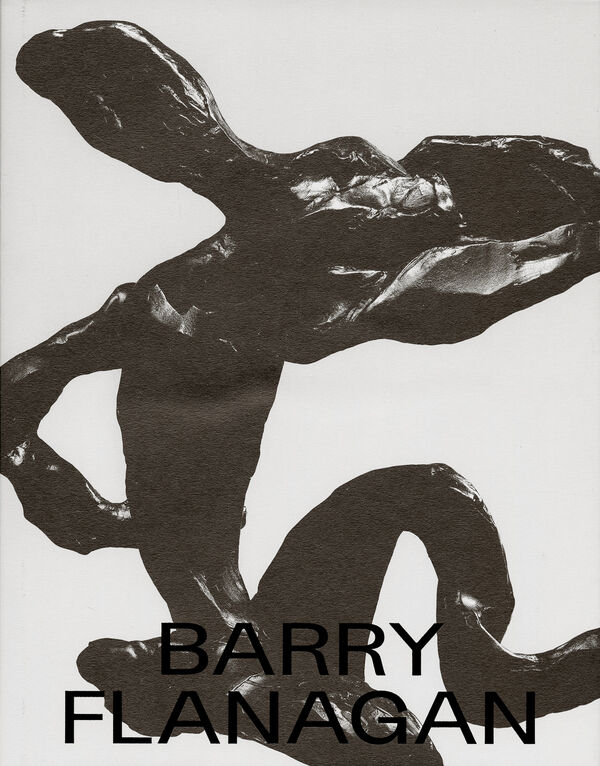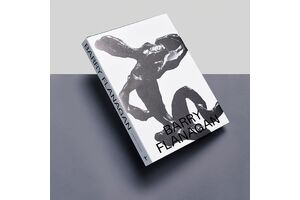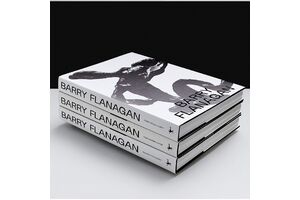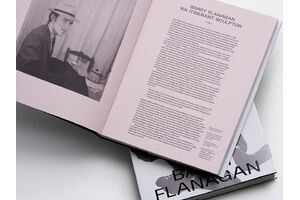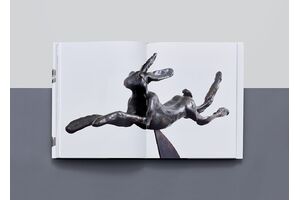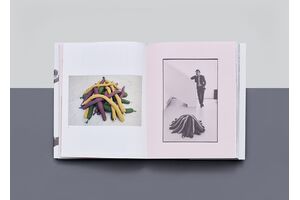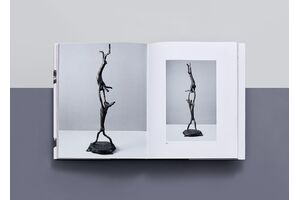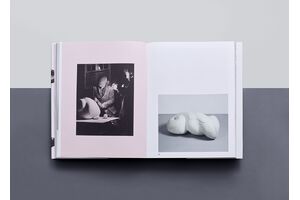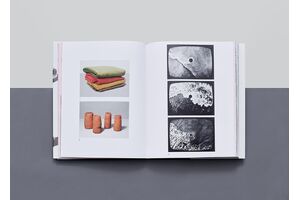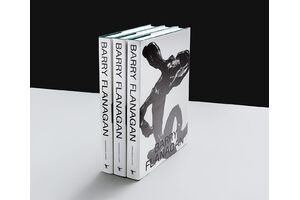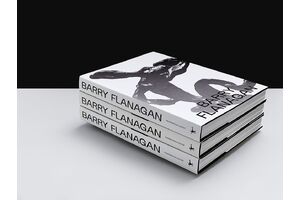Kontakt
art book cologne GmbH & Co. KG
Deutzer Freiheit 107
50679 Köln
Germany
Öffnungszeiten Büro und Showroom:
Montag-Freitag von 8-17 Uhr
info@artbookcologne.de
Tel.: +49 221 800 80 80
Fax: +49 221 800 80 82
Über uns
Seit 1997 sind wir Großhandel für hochwertige Publikationen der Gebiete Kunst, Kunsttheorie, Kunstgewerbe, Architektur, Design, Fotografie und illustrierte Kulturgeschichte. Unser kleines Team setzt sich aus den Fachgebieten Kunst, Kultur, Musik, Buchhandel und Medien zusammen und hat bei aller Vielfalt einen gemeinsamen Nenner: Die Begeisterung für schöne Kunstbücher.
Der Schwerpunkt unserer Tätigkeit liegt in der Übernahme von Restauflagen von Verlagen, Museen und Kunstinstitutionen. Wir bieten diese Titel dem Sortiments- und Versandbuchhandel, den Museumsshops und dem Kunsthandel an.
Barry Flanagan
| Herausgeber | Clare Preston |
| Verlag | Waddington Custot |
| Jahr | 2017 |
| Einbandart | Leinen mit Schutzumschlag |
| ISBN | 978-0-9955490-3-6 |
| Seiten | 288 |
| Gewicht | 2970 g |
| Mehr | |
| Beiträge von | Teresa Gleadowe, Mel Gooding, Bruce McLean et al. |
| Artikel ID | art-61708 |
This is the first monograph to be published on the work of Barry Flanagan (1941–2009), one of Britain's pre-eminent sculptors.
With over 200 colour reproductions and a newly compiled chronology, this book charts Flanagan's life and work, to his first exhibition in London, at the Rowan Gallery in 1966, and his last sculptures made in Ibiza in 2009.
Flanagan graduated from St Martin's School of Art where he had already established his reputation as a leading figure of the avant-garde, as a writer of concrete poetry and a pataphysician, espousing Alfred Jarry's science of imaginary solutions. He soon received international critical acclaim for his intuitive and inventive approach to materials, which aligned him with new art practices and the emergent art movements of Arte Povera, Land Art and Process Art. From 1972, reassessing the function of public sculpture, Flanagan began to explore more traditional materials and methods, working with stone and bronze, for which he is now best known.
Today, Flanagan's characterful bronze hares can be found displayed in numerous public spaces. He was drawn to the animal for its anthropomorphic potential and rich cultural iconography and his monumental hares have become established as popular landmarks in cities and landscapes worldwide.

